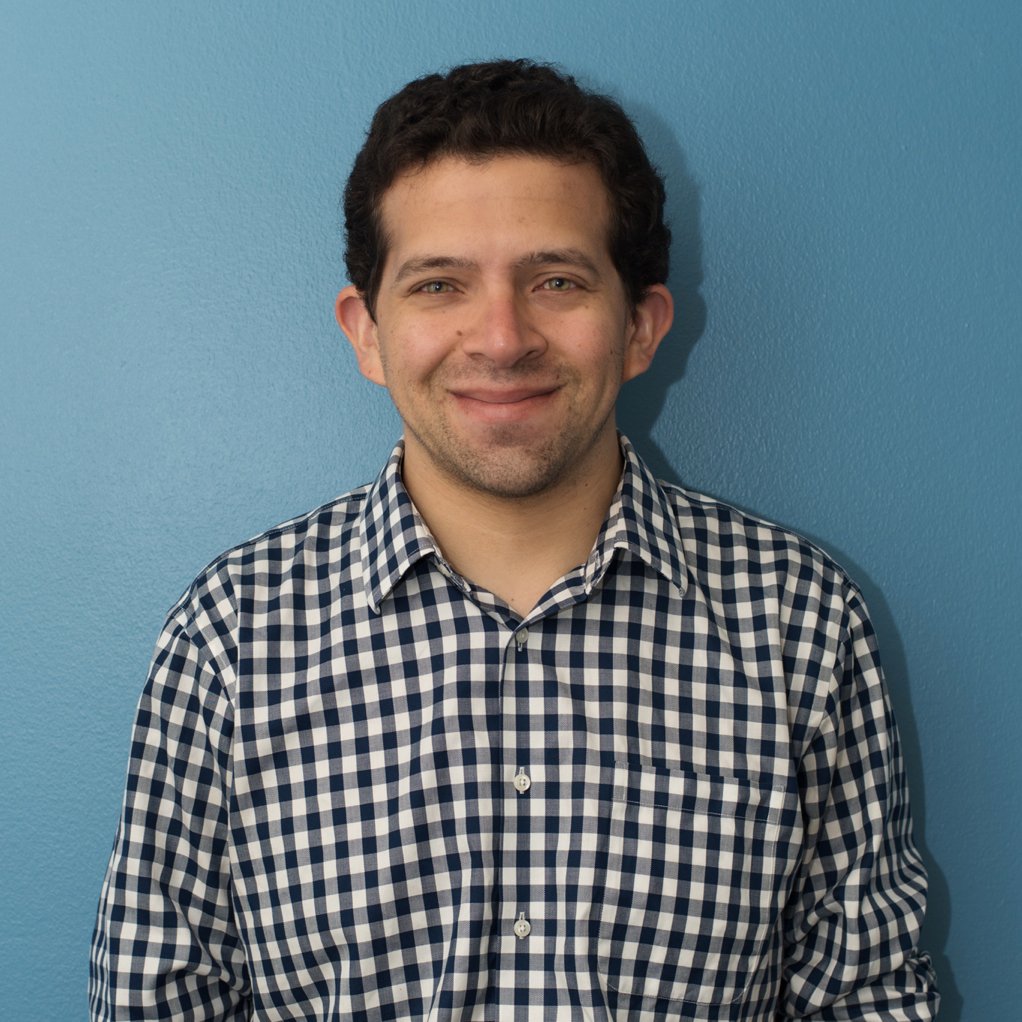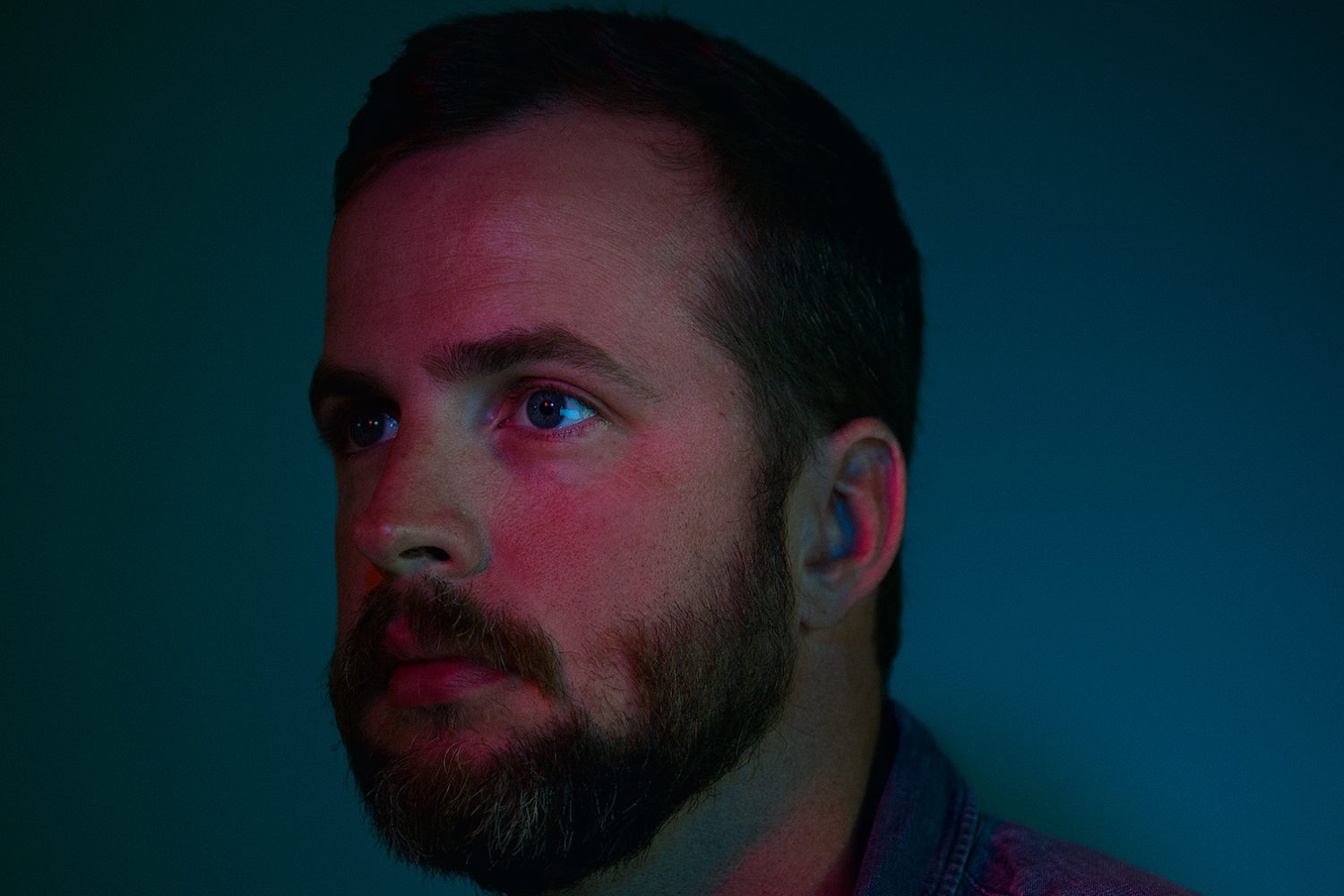The number of reported anti-Semitic incidents in the Washington region skyrocketed in 2017, according to a study published Tuesday by the Anti-Defamation League. The increases documented in DC, Maryland, and Virginia are part of the ADL’s annual audit of reported incidents of harassment, vandalism, and violence targeted at Jews in the United States. Overall, the ADL found that anti-Semitic activity rose by 57 percent last year, the greatest single-year increase since the organization first started its annual reporting in 1979; the 1,986 incidents reported last year is the second-largest tally the ADL has ever counted.
While New York, California, and New Jersey had the greatest number of reported anti-Semitic incidents in 2017, the percentage increases seen in DC and its surrounding states are startling. Maryland jumped from three events recorded in 2016 to 35 acts of vandalism and harassment in 2017, in increase of nearly 1,100 percent. Virginia went from six incidents in 2016 to 34 last year, a 467 percent jump. And reported anti-Semitic incidents in DC rose from 19 to 32 over the last year.
The reported incidents range from brief acts of vandalism, like swastikas found drawn on the walls of a Silver Spring office building, to globally noticed events like the white-supremacist rally in Charlottesville, Virginia, that featured tiki-torch-wielding marchers chanting “Jews will not replace us.” There are also numerous instances of homeowners finding their neighborhoods littered with anti-Semitic literature—which happened in Rockville and Chevy Chase last September, for example—and Jewish students receiving threatening mobile messages including, for one victim, images of his face edited onto the bodies of Holocaust victims. In August, a Jewish house of mourning in DC was interrupted by an anti-Semitic intruder. Multiple bomb threats to Washington-area Jewish schools and community centers are also included in the audit.
There were also numerous reports from college campuses. Georgetown University was the site of four recorded incidents of anti-Semitic vandalism, most recently in September. That same month, Virginia Commonwealth University in Richmond was papered with literature from the Attomwaffen Division, a white-supremacist group that advocates for racially motivated warfare and the violent overthrow of the US government. (Suspects in five murder cases, including a double homicide in Reston last December, are linked to the group.)
The ADL attributes the sharp increase in reported anti-Semitic incidents to a heightened public sensitivity for hate speech and racist activity over the past year, but the group also notes that the perpetrators of such acts are also feeling more confident.
“There’s an emboldening of expressions of hate, with respect to anti-Semitism but also in every category we monitor,” says Doron Ezickson, the ADL’s regional director for the mid-Atlantic. “There’s a sense license has been given to people to express hateful views and act on them.”
That license to spread hatred comes from high and low places, Ezickson says. The prevalence of social media not only exposes more people to anti-Semitic speech and imagery, but gives people who promote it an easy platform to express views they might not in public, often with the cloak of anonymity. But it also comes from people like President Trump, who responded to Charlottesville by equivocating between white supremacists and anti-racist protesters, whose confrontation ended with a neo-Nazi plowing a car into a crowded intersection, killing anti-racist demonstrator Heather Heyer.
“In our politics, and the political environment we’re in we’ve gone outside traditional bounds,” Ezickson says. “We have called on the White House, as we have governors other political leaders, that they need to speak out against this. Leaders need to lead here.”
Even with the big rise in reported anti-Semitic behavior, the ADL believes it’s likely they count is still low, especially with respect to incidents at schools. ”
“There’s a general view kids are being exposed to more of this,” Ezickson says. “We work in schools address about what is intolerance what is bullying. We’re not having the conversation enough in our schools and universities, and around kitchen tables about how this kind of rhetoric undermines our democracy.”
Beyond school outreach and the general public getting better at calling out hate speech, though, the ADL and similar organizations face a steeper climb on the internet. The ADL recently opened an office in Silicon Valley focused on working with social-media platforms to eliminate racist content, but it’s a slow and gradual process. While some steps have been taken—Twitter, for one, has banned batches of white-nationalist and anti-Semitic users—there’s also no easy way to improve discourse. “We think this is a problem that has many facets and there isn’t a single fix to,” Ezickson says.



















